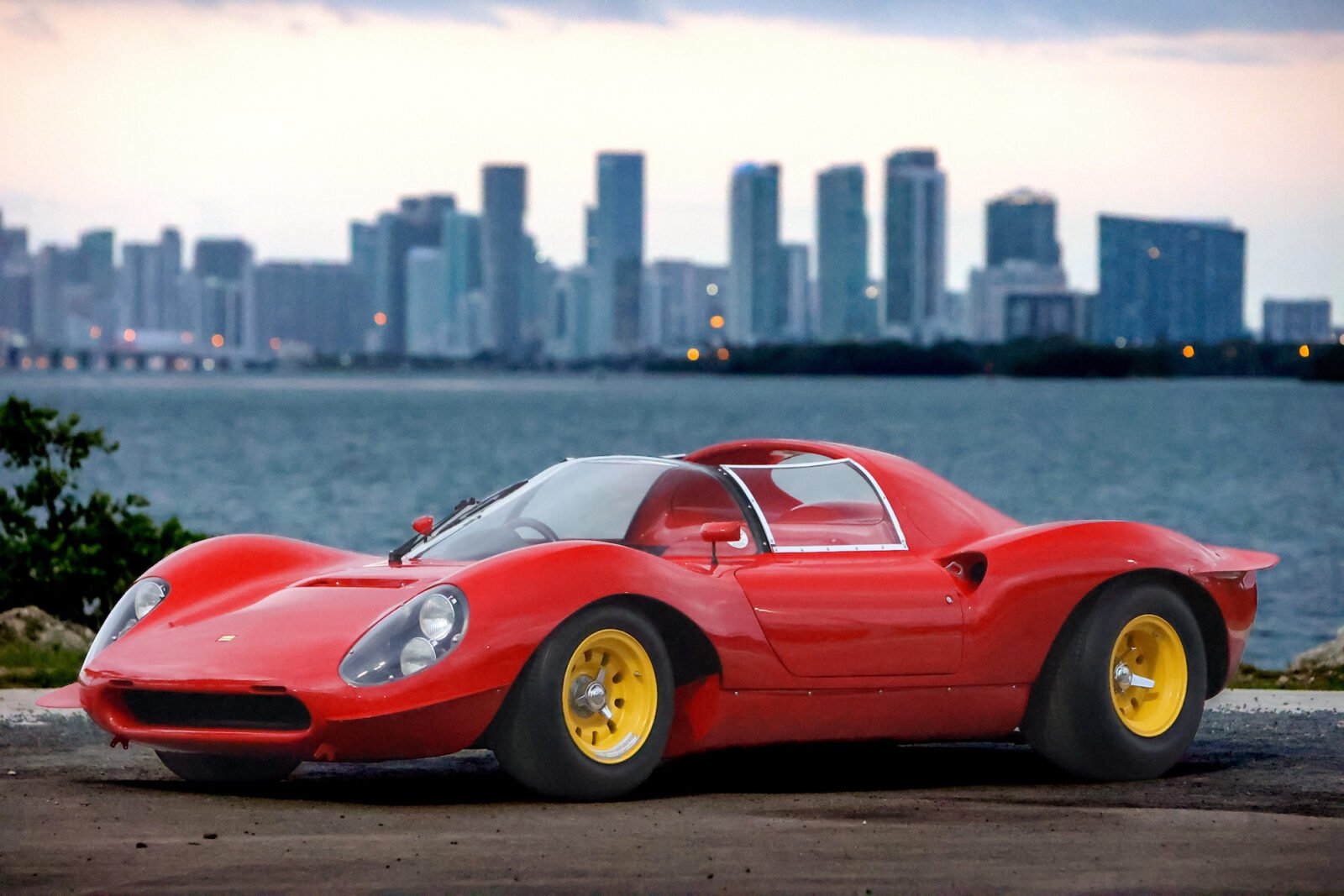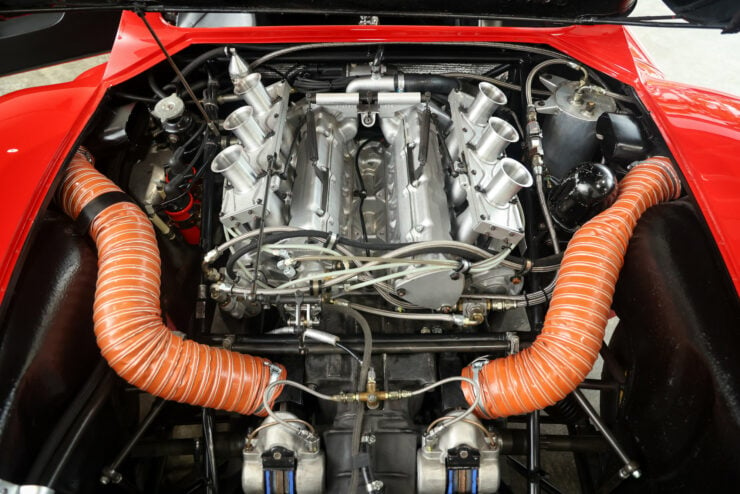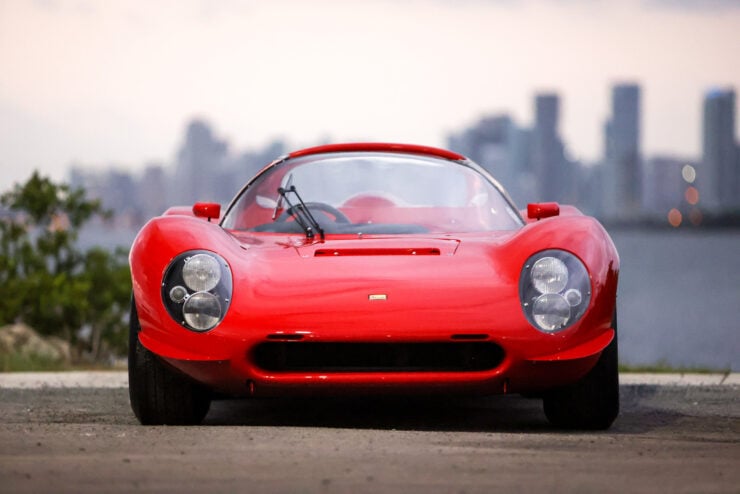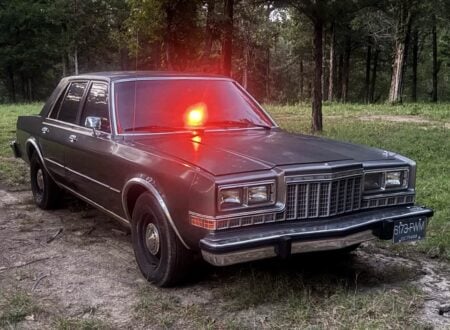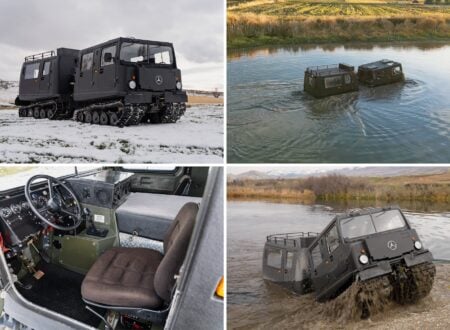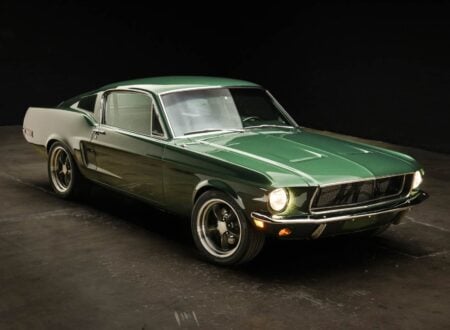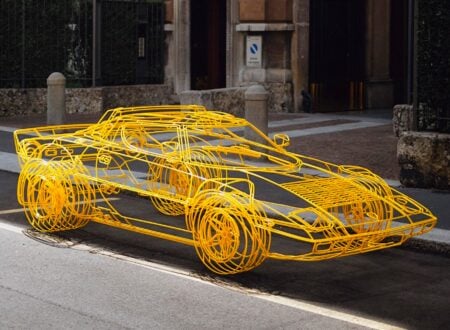The Dino 206 S was developed by Ferrari specially to take on Porsche in the FIA’s 2.0 litre Group 4 class, the cars had styling reminiscent of the mighty Ferrari 330 P3, and they would prove remarkably successful – taking a series of class wins and podiums in period.
Although it’s often called the Ferrari Dino 206 S the Dino marque was intended at the time to be a a new parallel brand run alongside the larger V12 Ferraris and offering competition for the likes of Porsche. They were developed internally at Ferrari, and so it’s now common for the Ferrari name to be added for the sake of clarity.
Fast Facts – The Dino 206 S
- The Dino 206 S was released in February 1966 as a new sports-racing car aimed directly at the FIA Group 4 class with a 2.0 liter engine limit and a homologation requirement of 50 road-going models.
- The name Dino came from Ferrari founder Enzo Ferrari’s son, Alfredo “Dino” Ferrari, who had been an accomplished engineer before his untimely death in 1956 at the age of 24 of Duchenne muscular dystrophy.
- Enzo Ferrari ensured that his son’s name and legacy would live on in the Dino series of vehicles, all of the early examples were also powered by V6s which were influenced by Alfredo’s Formula 2 V6 engine design from the mid-1950s.
- The car you see here is the last Dino 206 S that was made, it was restored by Ferrari Classiche in 2014 and is now presented for sale as one of the finest examples of its breed.
Taking The Fight To Porsche
In 1963 Porsche unveiled a new sports car at the Frankfurt Motor Show, it was a sleek, rear-engined 2.0 liter vehicle that likely presented little more than a passing interest for Ferrari. The Italian company’s mighty V12-powered GT and racing cars would likely only encounter Porsche 911s as slow moving road blocks on the autobahn or back markers at the Circuit de la Sarthe.
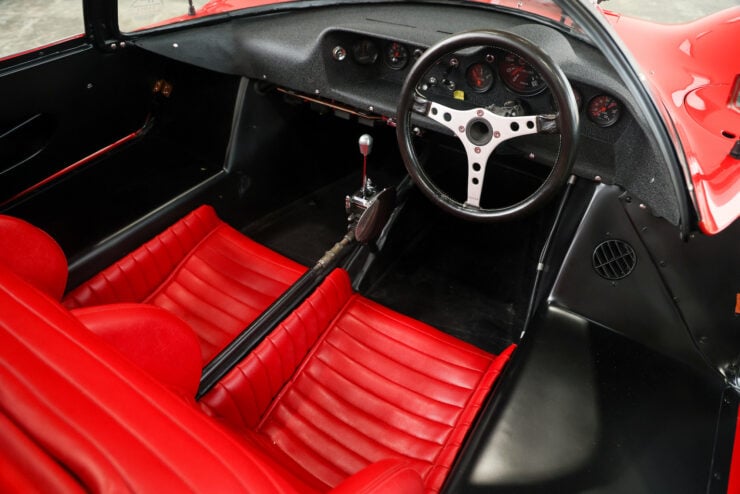

As the things progressed the Porsche 911 began to make its mark on the world of sports cars and sports car racing, Ferrari began to develop cars that would field some competition for the rear-engined Germans and Enzo Ferrari chose the name Dino for these sports racing cars after his beloved son Alfredo “Dino” Ferrari who had died in 1956.
It’s worth noting that the Dino name had been used earlier by Ferrari, dating all the way back to the 1957 Dino 156 F2 car which had been powered by the V6 that Alfredo Ferrari had designed alongside Vittorio Jano.
The “Ferrari” Dino 206 S
The first Dino was the Dino 166 P which was followed by the 206 SP. The Dino 206 S first appeared in 1966.
Piero Drogo bodied the 206 S using design cues that were taken directly from Ferrari’s larger prototype racers like the 330 P3 – the resulting car was an almost impossibly beautiful lightweight racing car that tipped the scales at just 1,442 lbs (654 kgs) when fully fueled and ready for action.
The car was based on a tubular steel semi-monocoque chassis with a body of stressed alloy panels and fiberglass for low weight. The sleek design proved exceptionally aerodynamic and handling was similarly outstanding thanks to the independent race-ready suspension on all four corners – coupled with front and rear disc brakes.
Power was provided by a V6 engine, a configuration that had been used over several engine generations by Ferrari race cars dating back into the 1950s. In fact, one of the key projects that Enzo Ferrari’s son Dino had worked on was an advanced V6 engine destined for Ferrari’s Formula 2 cars. He co-designed the engine with Vittorio Jano who then finished the design after Dino’s death.
The V6 used in the Dino 206 S was an indirect descendant of this earlier engine. It had a displacement of 1986.60cc and six cylinders in a “V” formation with an angle of 65º between banks. Initially the engine had two valves per cylinder operated by double overhead cams per bank, and some later versions had three valve heads.
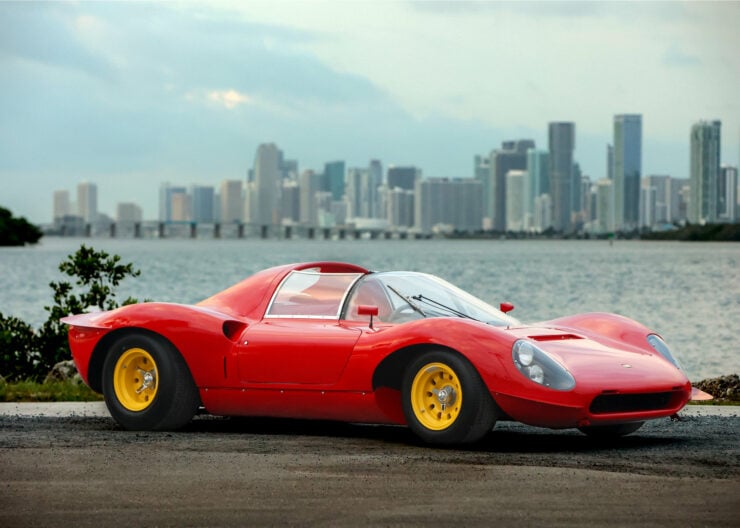

A arrangement of three Weber 40DCN15 carburetors were typically used and the engine was mounted longitudinally behind the driver and passenger, mated to a 5-speed manual transmission. Given the low curb weight of the 206 S and the engine output of 220 bhp at 9,000 rpm the performance was brisk, and a series of drivers raced in some of Europe’s most prestigious events to test the car’s potential.
The Racing Successes of The 206 S
Lorenzo Bandiniand Ludovico Scarfiotti would take a fifth place in the 1966 12 Hours of Sebring, this was followed by a class win (second overall) in the 1966 Targa Florio. A first in class was then won at the 1966 1000 km Spa and then again at the 1000 km Nürburgring and the Nassau Trophy.
The wins, class wins, and podiums kept accumulating for the Dino 206 S, and the car quickly earned a particularly fearsome reputation in the competitive world of European hill climb racing.
Ultimately just 18 examples of the 206 S would be made, this was far below the 50 required for homologation, which meant the car had to compete in the 2.0 prototype class rather than a production car class. Still, it was successful nonetheless and the car formed the design inspiration for what would become the Dino 206 GT road-going production car which was released in 1967.
The Dino 206 S Shown Here
The car you see here is undeniably one of the most pristine examples of the Dino 206 S family, a family consisting of just 18 examples originally and fewer than that today.
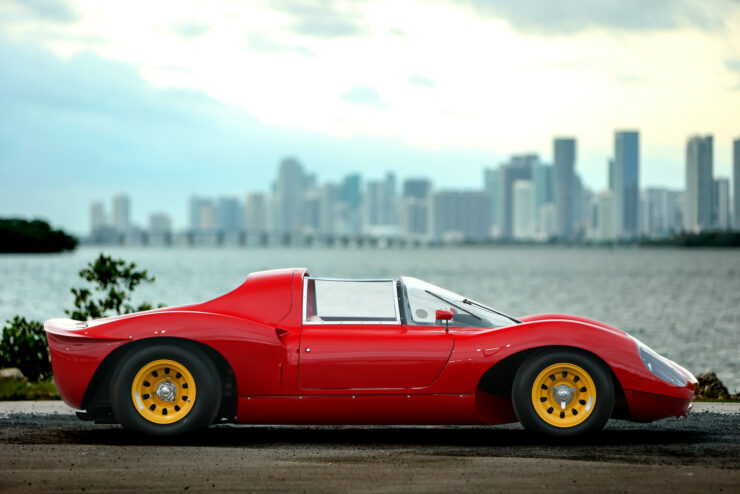

It’s been featured in a number of the world’s most prominent Ferrari collections, including Pierre Bardinon’s Mas du Clos.
It was restored by Ferrari Classiche in 2014 and Red Book certified, it raced in several Italian hillclimbs throughout 1966 to 1967, and it’s the final of only 13 cars made with the Piero Drogo-designed Spyder bodywork.
Interestingly this 206 S was sold new to Corrado Ferlaino, the long-term owner of Napoli, the Italian Football team which became globally famous after bringing in Diego Maradona and winning multiple championships.
If you’d like to read more about this car or register to bid you can visit the listing here on RM Sotheby’s. It’s due to roll across the auction block in mid-February in Pompano Beach, Florida.
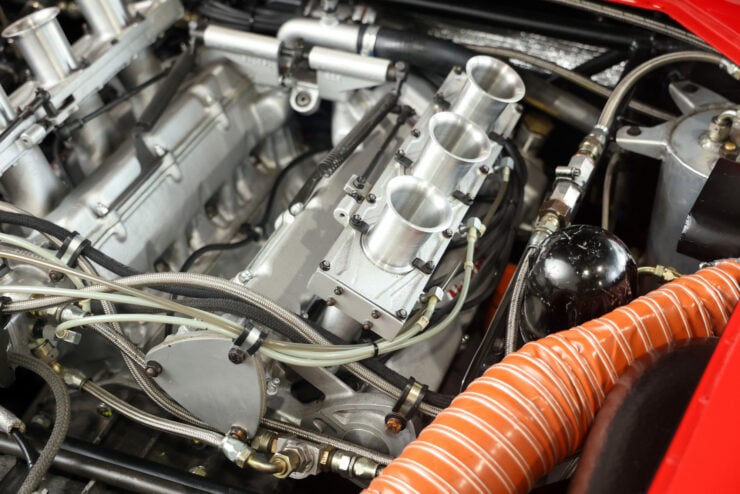
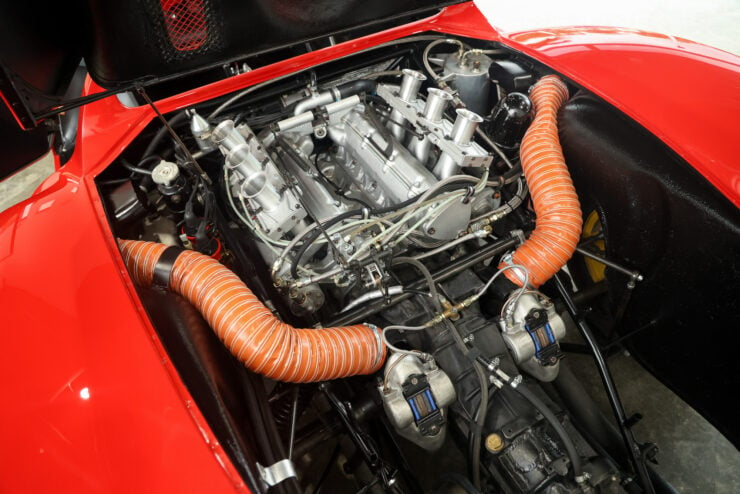
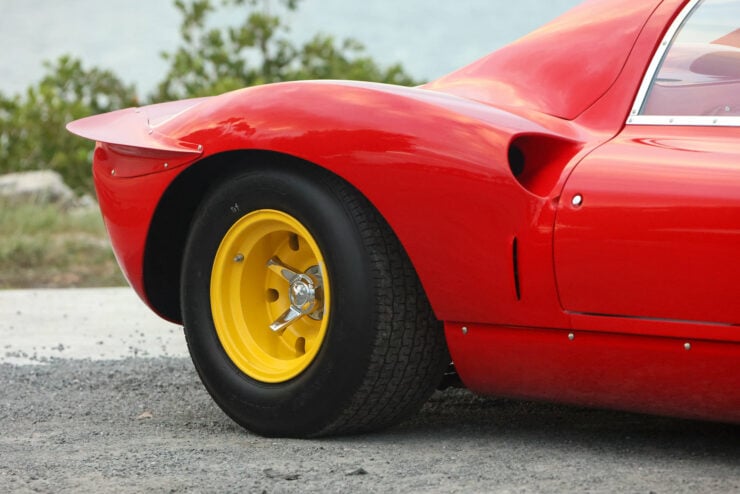
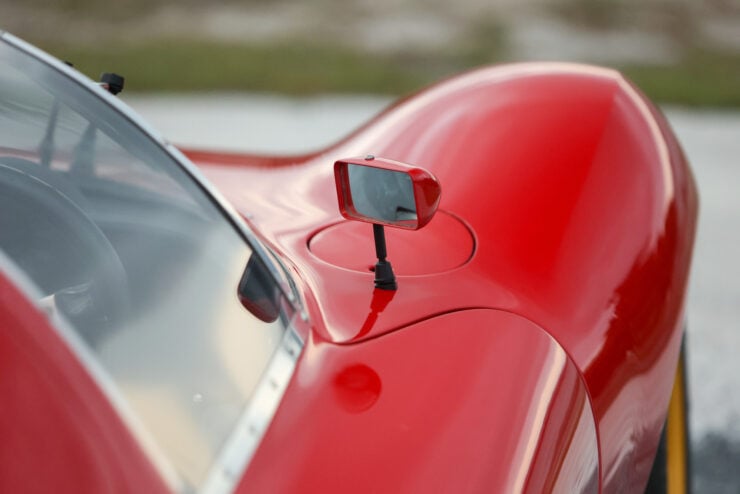
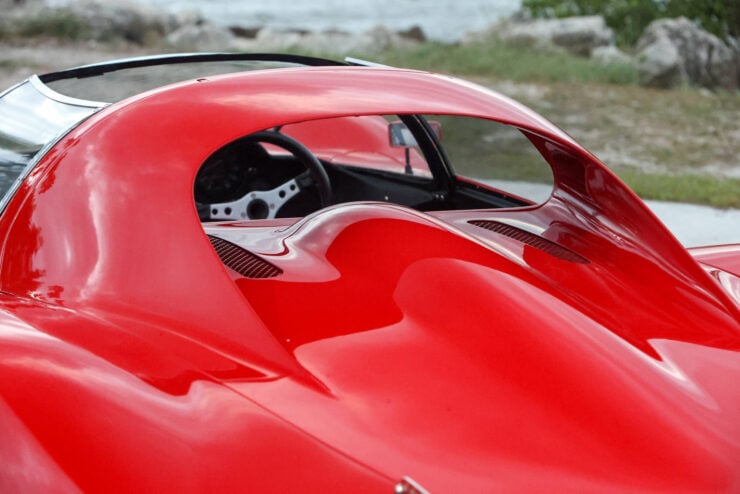
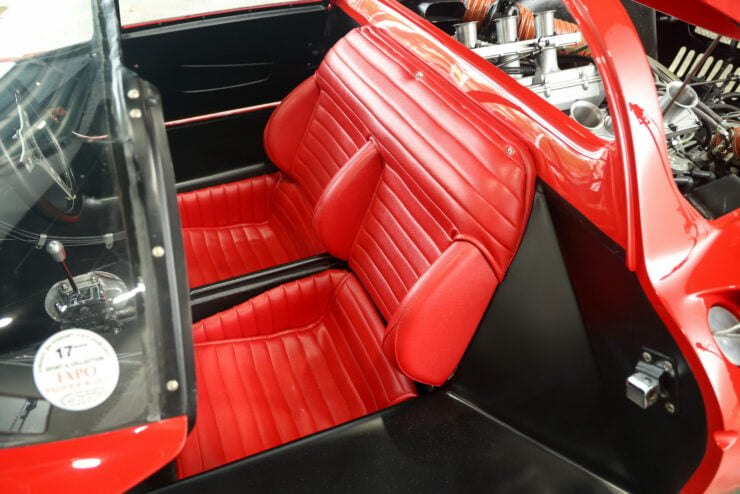
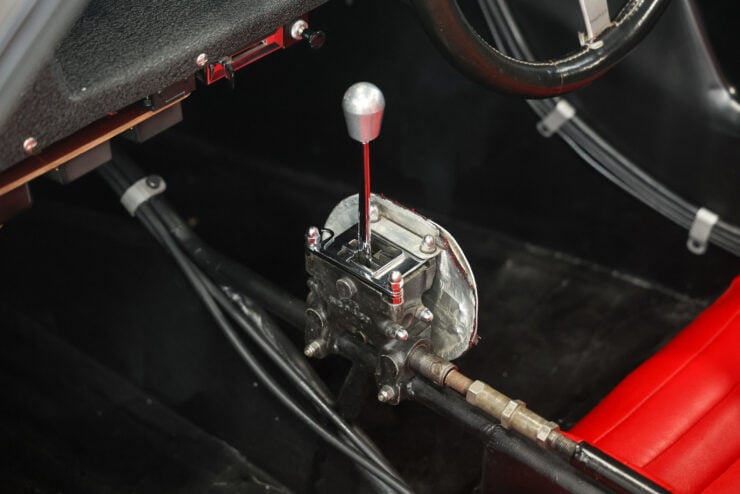
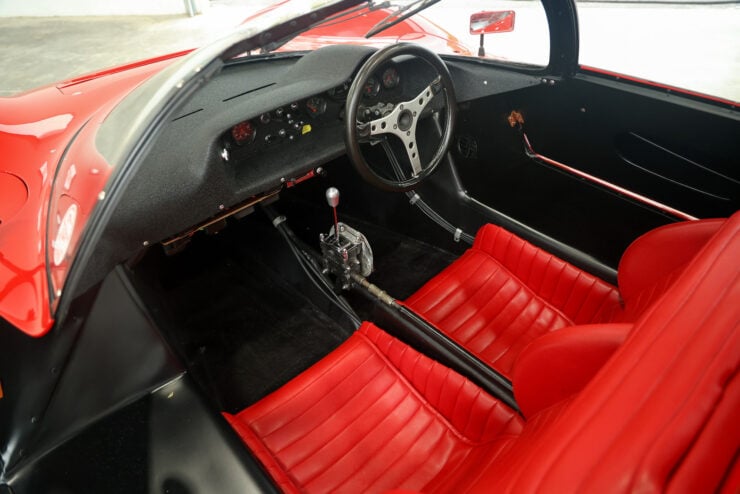
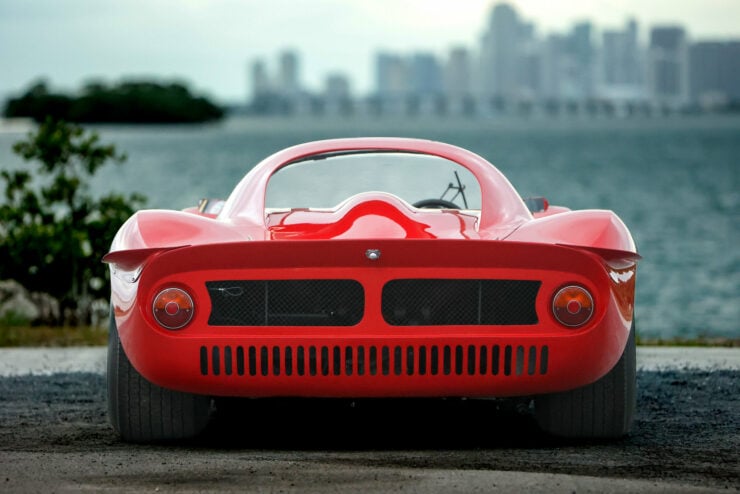
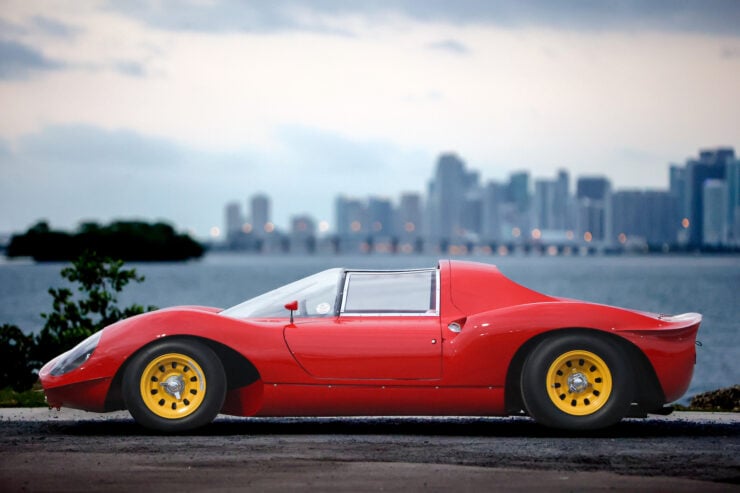
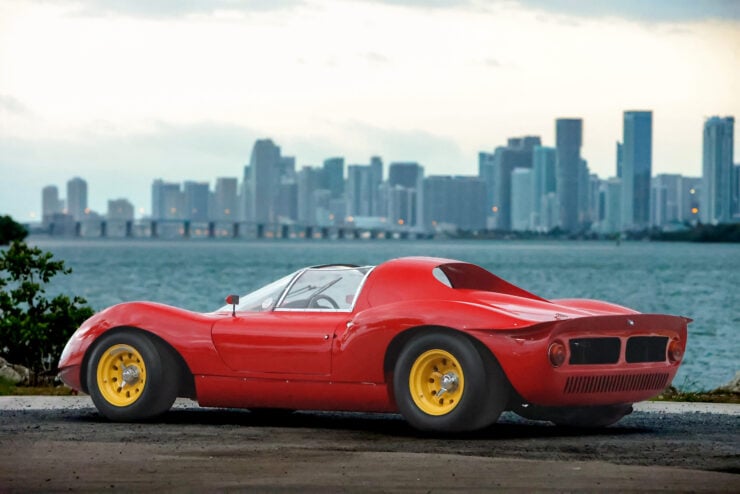
Images courtesy of Ryan Merrill ©2022 Courtesy of RM Sotheby’s

